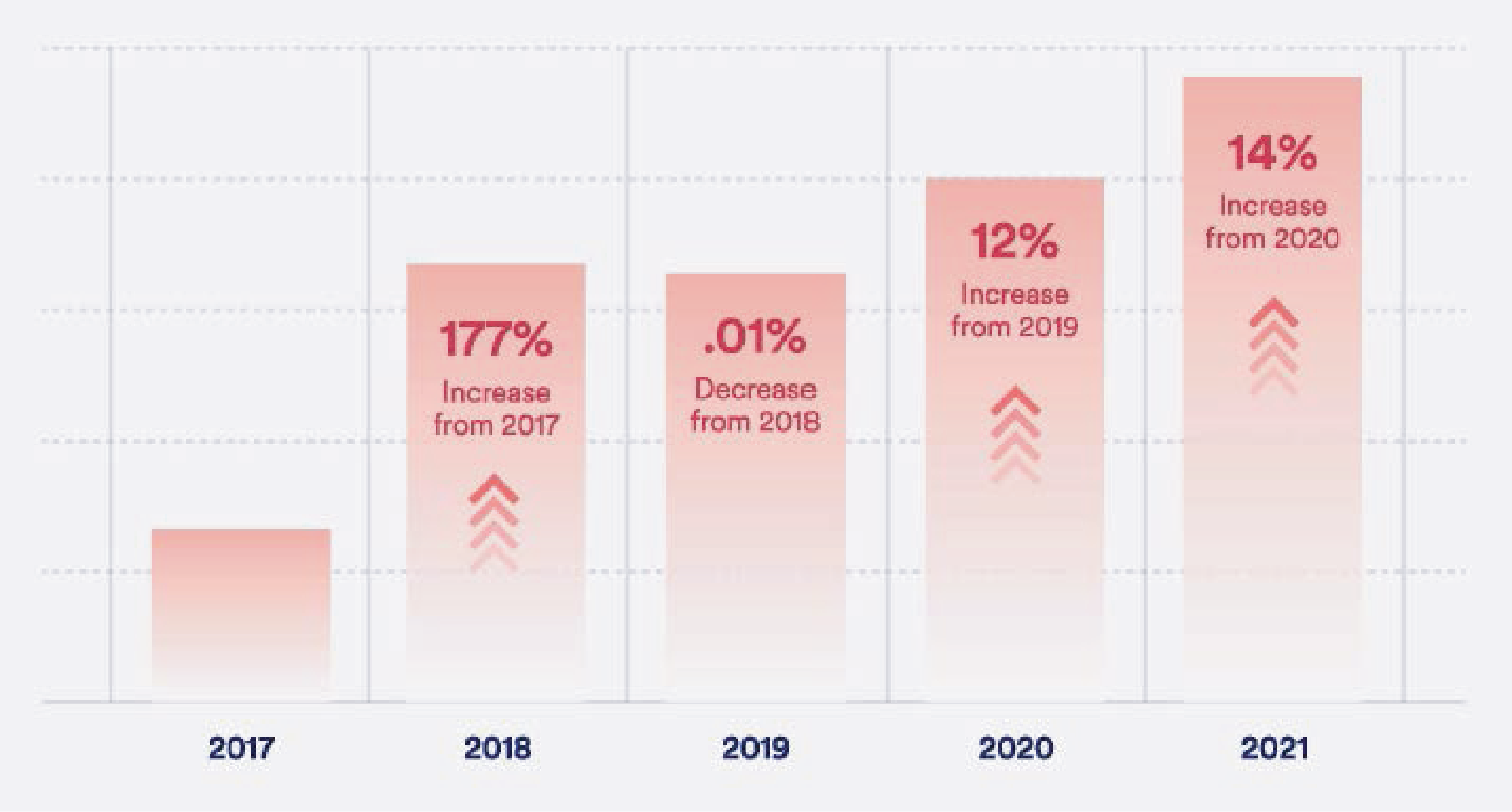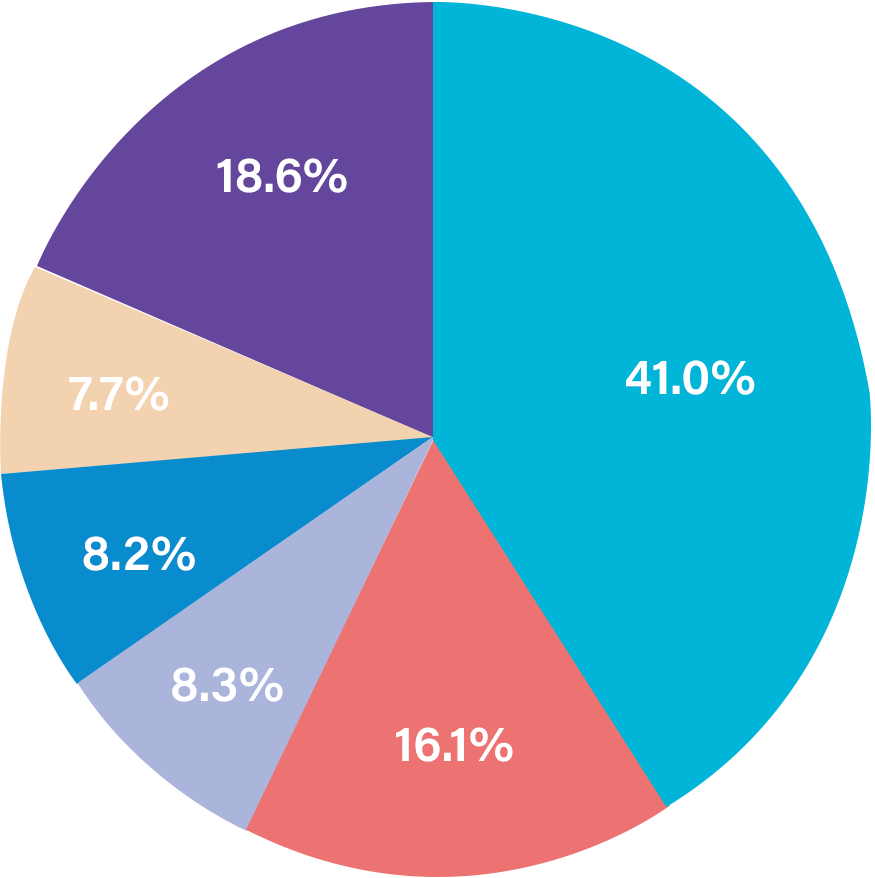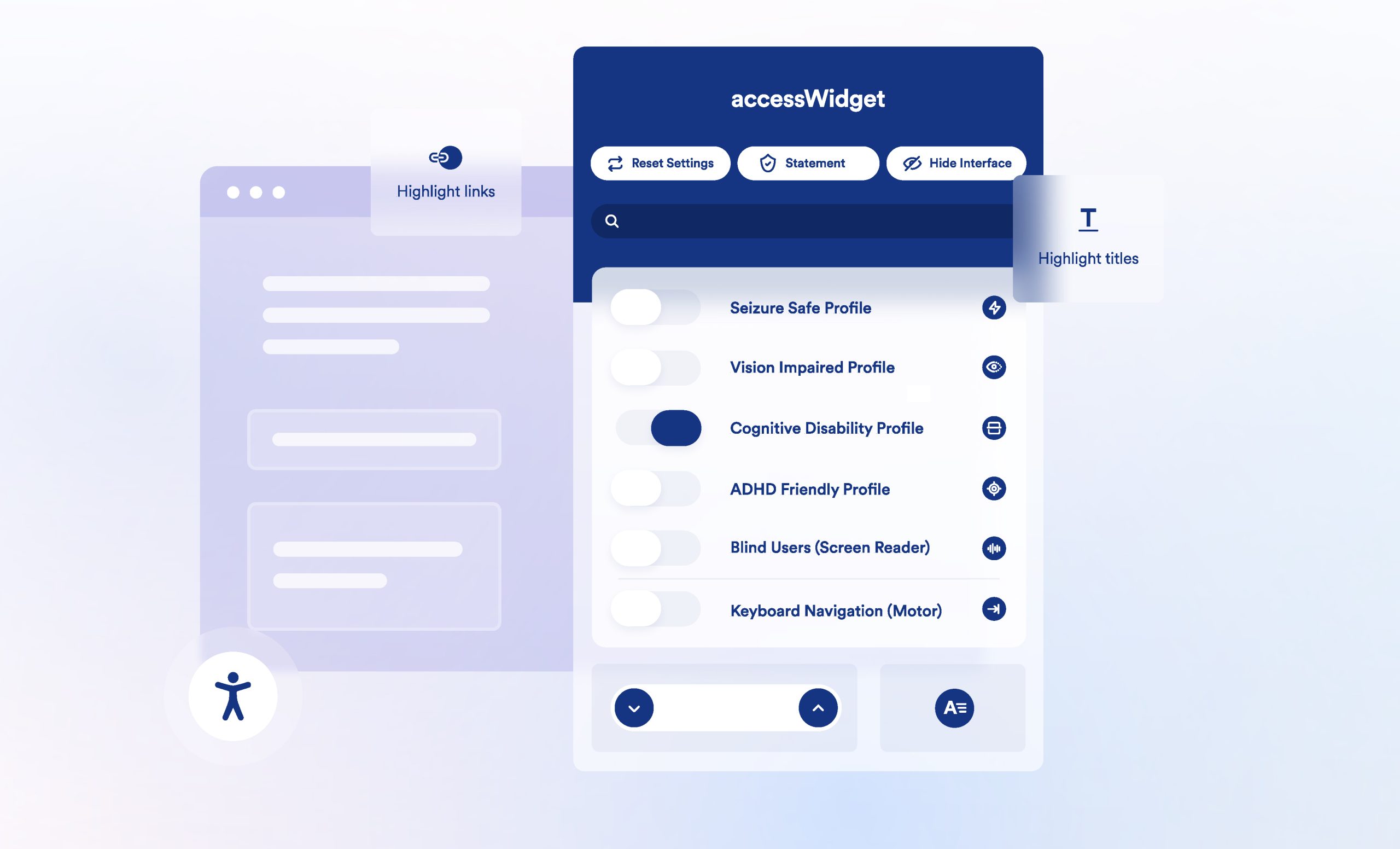Ada Website Compliance
What is Web Accessibility?
Web accessibility is a set of rules, behaviors, code standards, and design guidelines that ensure people with disabilities, who comprise 20% of the world’s population, can use websites effectively.
To achieve this, the W3C (The World Wide Web Consortium) has created the Web Content Accessibility Guidelines (WCAG 2.1), for direction on how to make websites accessible. These guidelines have been adopted by governments around the world and have been incorporated into various legislations such as the ADA, Section 508, and EN 301549.
The WCAG focuses chiefly on three areas of accessibility: 1) blind people using screen readers (e.g.JAWS, NVDA). 2) people with motor impairments who only use keyboards, and 3) a variety of other disabilities, including color blindness, epilepsy, and minor visual impairments that mostly concern the Ul and design of the website (color contrasts, animations, fonts, etc.)

WCAG 2.1
compliance

ADA Title III
compliance

Section 508
compliance

IS 5568
compliance

ACA/AODA
compliance

EAA/EN 301548
compliance
How our SimpleSmart accessWidget helps users with disabilities:

Font handling
Users can increase and decrease font size, change type, adjust spacing, alignment, line height, and more

Color handling
Users can select various color contrast profiles such as light, dark, inverted, and monochrome. Additionally, users can swap color schemes of titles, texts, and backgrounds, with over 7 different colors

Animations
Users with epilepsy can stop all running animations at the click of a button. This includes videos, GIFs and CSS flashing transitions.

Content highlighting
Users can emphasize important elements, such as links and titles. They can also highlight particular focused or hovered elements

Audio muting
Users with hearing devices may experience headaches or other issues due to automatic audio playing. This option allows users to mute the entire website instantly.

On-demand dictionary
We utilize a search engine that is linked to Wikipedia and Wiktionary, allowing people with cognitive disorders to decipher meanings of phrases, initials, and slang on the spot.

Other options
Users can change the cursor’s color and sizing, view in printing mode, enable a virtual keyboard, and much more.
Web accessibility lawsuits are on the rise.

- 2021 Website Accessibility Lawsuit Recap: Data, Trends, Comparisons, Accessibility.com (2022), https://www.accessibility.com/complete-report-2021-website-accessibility-lawsuits.
- Launey, K and Vu, Minh H, Federal Website Accessibility Lawsuits Increased in 2021 Despite Mid-Year Pandemic Lull, Seyfarth Shaw LLP (2022), https://www.adatitleiii.com/2022/03/federal-website- accessibilitv-lawsuits-increased-in-2021-despite-mid-vear-pandemic-lull/ annual-report-global-economics.
Affected Sectors (by number of lawsuits)
Tech, Software & Internet entered the top 5 largest sectors affected in recent years
Consumer Goods, Services & Retail and Apparel, Durables & Beauty remain the two largest groups affected, with 41% and 16.1% of all lawsuits, respectively.
Lawsuits By Industry
- Consumer Goods, services & retail
- Apparel, Durables & Beauty
- Food, Beverage & Tobacco
- Tech, Software & Internet Services
- Health & Medical
- Other


 877-490-8324
877-490-8324
